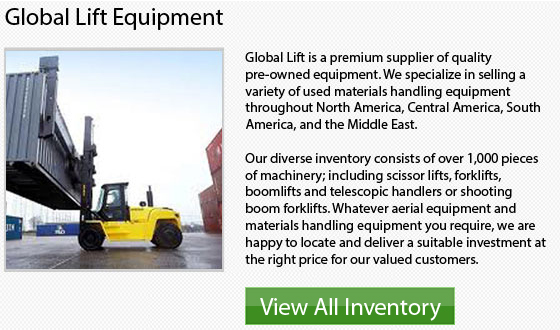
Forklift Engines
Forklifts are classified as vehicles with small engines, the same category wherein lawnmowers are categorized. The engines of the forklifts all follow the principles of internal combustion. Different lift truck models and brand names will have varying engine layout and design. Forklifts are made more toward generating high torque rather than for speed. They usually are geared to low speeds. The engine powers the forklift's drive wheels. The engine is also needed to lower and lift the forks through a series of chain pulleys. Most modern forklift engines are fueled by propane since they will be used for indoor applications, where diesel and gasoline engines will be inappropriate due to the exhaust they produce.
Usually, the lift truck is a four-cylinder engine-block. Forklift engines are like automobile engines as they contain pistons connecting to a camshaft. The head of each cylinder consists of an intake hatch, an exhaust hatch and a spark plug, each of them spring-loaded and one-way.
Engine Function
Propane passes through the opened throttle-plate in a fine spray, once the operator starts up the forklift engine. This fine spray mixes with air that comes from the mass air intake prior to moving into the cylinder's head intake hatches. Each and every one of the four pistons is staggered to rise in an exact sequence, that compresses the mixture of propane and air as every piston rises to the top of the head. With really exact timing, the engine's battery and alternator create an electrical current which passes through the spark plug. The fuel ignites leading to an explosion which drives the piston back down to the bottom of the cylinder, causing a continuous turning of the camshaft. An air pressure imbalance in the cylinder causes the exhaust to be drawn out through the exhaust hatch as more fuel passes into the cylinder. Propane burns much cleaner than diesel and gasoline and the exhaust is not as harmful.